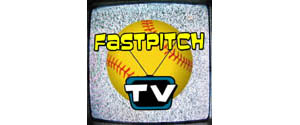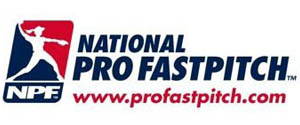as the world turns wrote:Here is my observation:
Everything about the game has drastically improved over the last 10 -15 years and it is good for the sport. Players are faster, stronger, more athletic and more professional. Universities are building great stadiums and fields and TV coverage is increasing. It is all good.
Umpiring is the only aspect of the game that has not improved IMO. Look at all the embarrassing blown calls, inconsistent strike zones, illegal/no illegal pitch calls that we saw on National TV during the NCAA regionals and World Series this past season.
The inconsistency in the umpire world is glaring.
And you have what experience in umpiring? Personally, while I do not disagree completely with you, I don't believe you have anything, but a one-sided perception. Go figure.





























